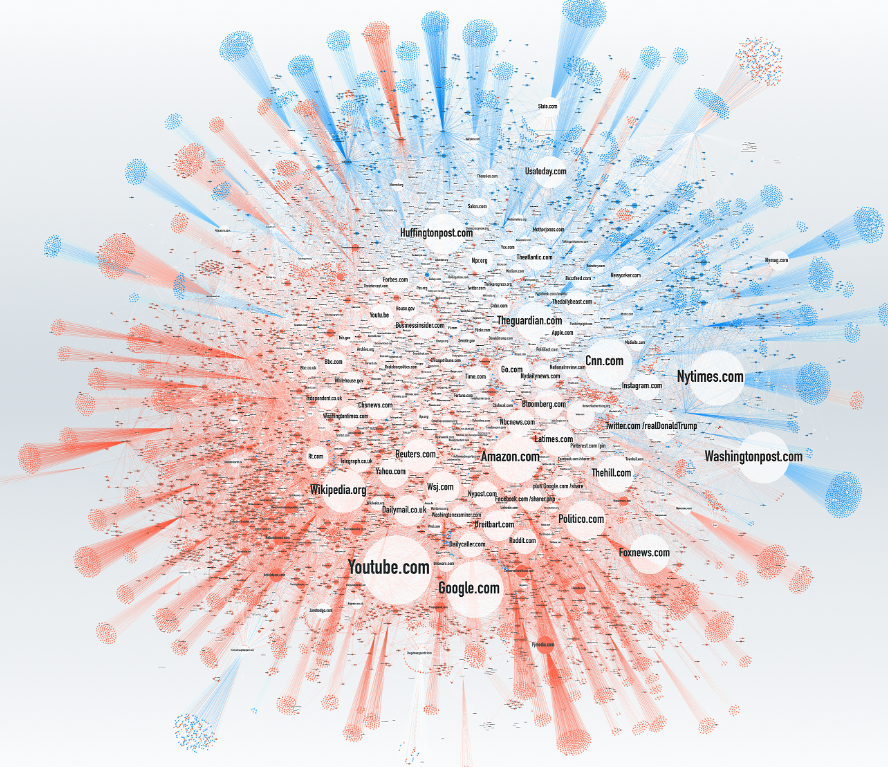As an Australian I am not as immersed in U.S. political news as some readers of this blog but I try to keep up with the main points that I think have some relevance for the rest of the world. A few days ago I naively posted Woops! thinking it was going to cause some sort of crisis for Trump. Naive was the word. At that time I had not fully appreciated (perhaps I had forgotten) the extent to which an impeachment process is not bound by formal judicial processes, but rather . . .
Professor and impeachment expert Michael Lawlor says that members of Congress don’t have to act anything like attorneys, judges or even jurors when investigating, authoring or considering articles of impeachment against President Donald Trump.
That’s because impeachment is inherently political–not legal, according to the University of New Haven associate professor of criminal justice. Lawlor explained how the law doesn’t strictly apply to impeachment via an op-ed in The News-Times on Monday.
“This is not a criminal trial,” he notes. “There need not be specific allegations at first. When articles of impeachment are considered, they need not be proven beyond a reasonable doubt. In fact, there is no evidentiary standard. Hearsay, conjecture, your own political instincts are all fair game. There is no appeal from your decision.”
As Law&Crime previously reported, impeachment is a quasi-legal process that only bears many striking similarities to bona fide legal inquiries largely because that’s what people, including members of Congress, think impeachment is supposed to look like–since that’s how such proceedings have often looked before. . . .
“This is a political remedy to a political problem,” Lawlor continues. “It is a process that frustrates and confounds the best criminal defense attorneys. It is not court. You must not be distracted by legal arguments that assume trial-like procedures and standards.”
The op-ed also features a relevant quote from former president Gerald Ford–himself somewhat familiar with impeachment: “An impeachable offense is whatever a majority of the House of Representatives considers it to be at a given moment in history.”
Kalmbacher, Colin. 2019. “Legal Expert on Impeachment: You Don’t Need ‘Specific Allegations at First,’ Hearsay Is ‘Fair Game.’” Law&Crime. October 3, 2019. https://lawandcrime.com/high-profile/legal-expert-on-impeachment-you-dont-need-specific-allegations-at-first-hearsay-is-fair-game/.
That Bolton revelation meant nothing to the realities of the process. Chomsky seems to have his head screwed on right and what he said before the Bolton news could just as well have been said afterwards:
“Don’t think it matters,” Chomsky told Law&Crime of Harvard Law Professor emeritus Alan Dershowitz’s latest bid for publicity by joining Trump’s legal team. “It’s all predictable.”
I think the impeachment process, which avoids Trump’s major crimes and keeps to the fact that he tried to harm a prominent Democrat (like Watergate), will end up being a gift to Trump and may send him back to office. A tragedy.
“The worst crimes by far are those that literally threaten human survival, not in the distant future: his policies on escalating global warming and the race to develop still more destructive weapons,” Chomsky told Law&Crime email. “But the Dems would never agree that these are ‘high crimes.’”
. . . . also said that Democratic Party leadership would never think to consider the Trump administration’s alleged human rights abuses along the U.S-Mexico border as impeachment-worthy crimes. Chomsky said that the situation was the “same” regarding Trump’s arguably unlawful use of military force against sovereign nations in the Middle East.
“How could the Dems regard it as ‘high crimes’ to carry out more deportations than any predecessor and a global assassination campaign of unprecedented scale?” Chomsky asked out loud—referencing the immigration and national security apparatuses and policies put into place by former president Barack Obama and taken to their logical extreme by Trump.
“Same as Watergate,” Chomsky explained. “There was an attempt, by Robert Drinan, to include [Richard] Nixon‘s real crimes, like the bombing of Cambodia, in the bill of impeachment, but that was cut out and the focus was on an attack on Democrats, much as today.”
Rev. Drinan was a prominent Jesuit priest, leftist, anti-war activist and Democratic Party representative from Massachusetts who drafted and introduced the original resolution calling for Nixon’s impeachment in the U.S. House of Representatives in 1973. Ultimately frustrated by liberal members of his own party, Drinan’s language regarding Nixon’s secret and unlawful bombing of Cambodia was swapped out for the Watergate charges.
“Can we be silent about this flagrant violation of the Constitution?” Father Drinan asked his liberal colleagues at the time. “Can we impeach a president for concealing a burglary but not for concealing a massive bombing?”
House Democrats answered that question in the affirmative—setting a behavioral precedent and squeamishness with criticizing war-making that has continued to the present day.
“The message appears to be the same: a real crime is attacking the powerful,” Chomsky continued. “It’s okay to murder [Black Panther leader] Fred Hampton (or any number of Cambodians, etc.), or to send children to concentration camps, and all the rest. But not to undermine those with power here.”
Chomsky’s impeachment-focused comments are in keeping with his prior public statements about the Democratic Party’s prior single-minded focus on the ultimately ineffectual Robert Mueller investigation.
“The Democrats invested everything in this issue,” Chomsky said at a forum with progressive radio host Amy Goodman in April of last year. “Well, turned out there was nothing much there. They gave Trump a huge gift. In fact, they may have handed him the next election…That’s a matter of being so unwilling to deal with fundamental issues, that they’re looking for something on the side that will somehow give political success.”
Kalmbacher, Colin. 2020. “Noam Chomsky Torches Democrats’ Narrow Trump Impeachment: ‘A Tragedy’ That ‘May Send Him Back to Office.’” Law&Crime. January 21, 2020. https://lawandcrime.com/high-profile/noam-chomsky-torches-democrats-narrow-trump-impeachment-a-tragedy-that-may-send-him-back-to-office/.
So predictable, as he said:
Barring a lightning strike or some other miracle, the impeachment process is all done but for the final, predictable votes.
It has been a cringe-worthy process that almost certainly has further deepened divisions. The Republican Senate majority has shown its willingness to follow party loyalty right out the window, throwing out a truckload of traditional values.
Do we believe in fairness, in truth, in fact?
The trial process put forth zany legal arguments seemingly spun of whole cloth to protect Donald Trump. So what about the radical reinterpretation of the Constitution’s division of governmental responsibilities? Who cares about the simple understanding that doing bad is something to be excised and punished?
Do we really accept that a president, particularly one who has made self-aggrandizement a hallmark, can do anything to get re-elected? Is it “in the public interest” as proclaimed by presidential defender Alan Dershowitz?
. . . . L’etat, c’est Trump.
Schwadron, Terry H. 2020. “Now We Know What Trump Really Thinks of Us.” DCReport.Org (blog). January 31, 2020. https://www.dcreport.org/2020/01/31/now-we-know-what-trump-really-thinks-of-us/.
And here was me thinking the Bolton news was going to at least bring about some pause towards the “predictable end”.
It’s a worry. I have been doing lots of reading lately related to ancient history so what I’m seeing happen now between Trump and the Senate carries a strange echo of another time when a Roman Senate cowered before Augustus Caesar, yielding all power to him through flattery and a pretence of a restoration of republican values. But those Senators had an excuse. They knew the consequences of disloyalty to the imperator could be lethal.


























